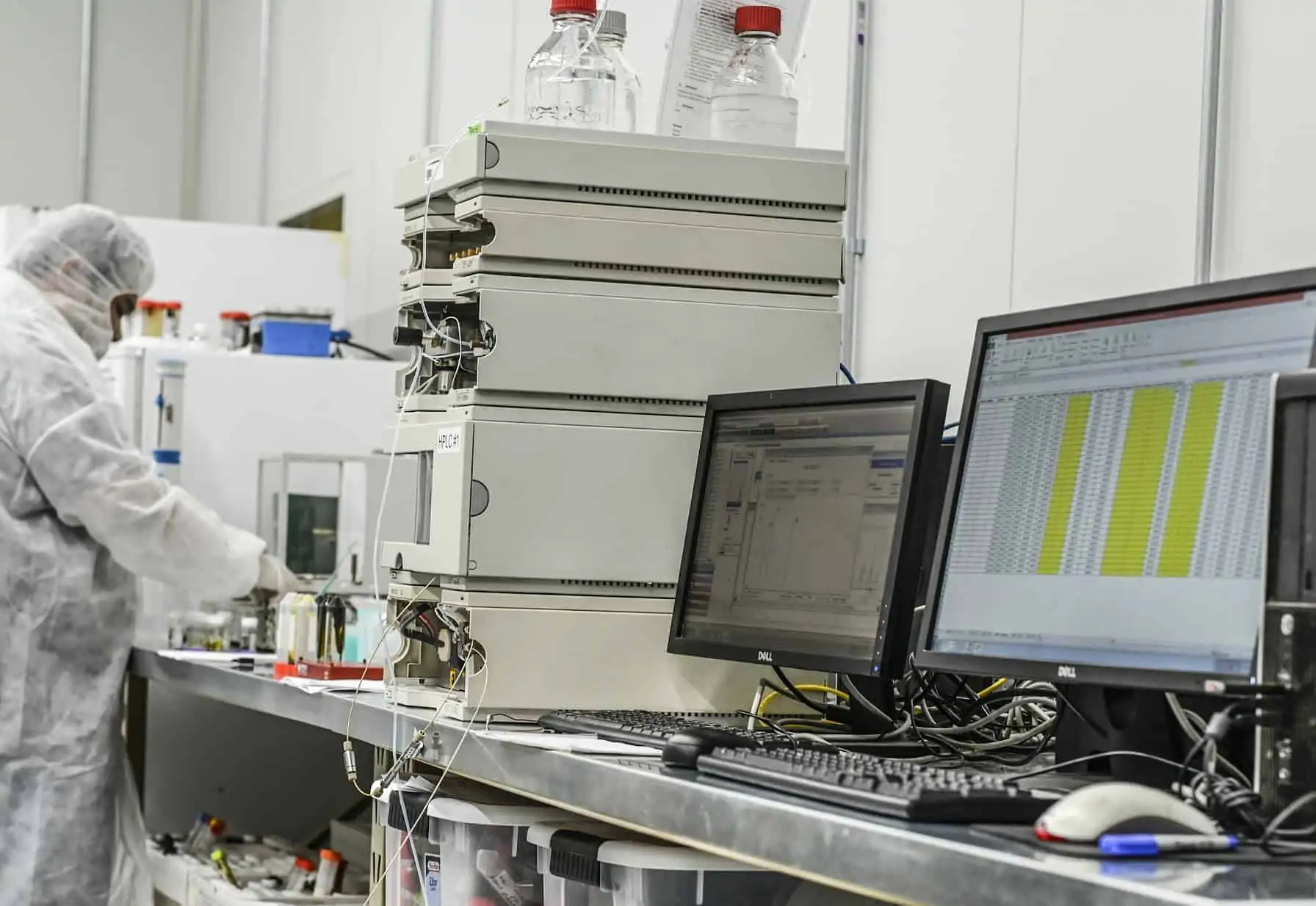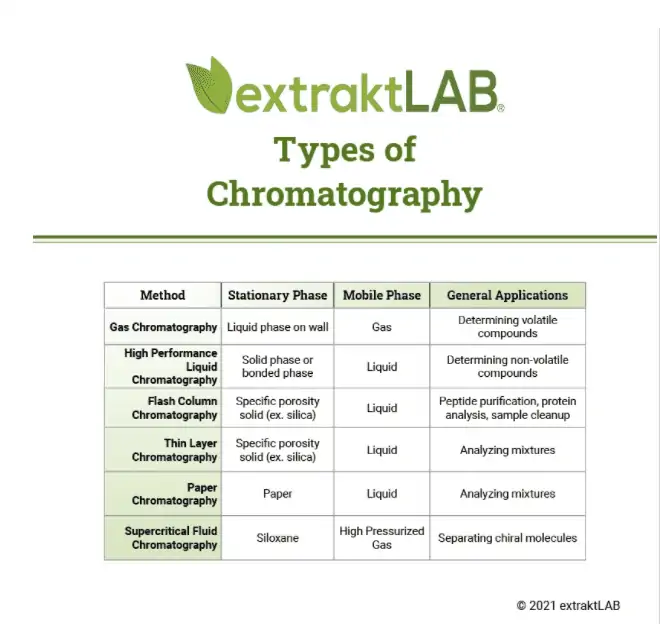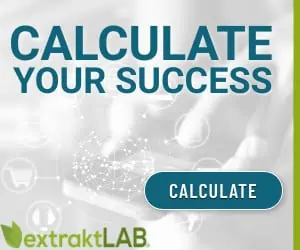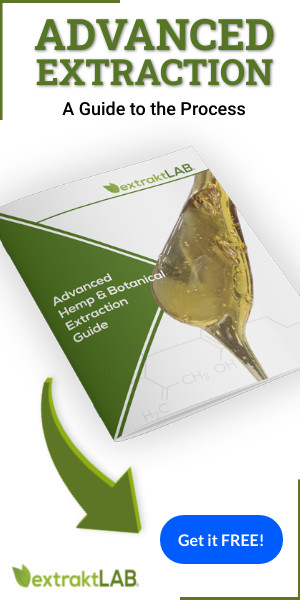Types of Chromatography
There are varying types of chromatography that are used throughout a number of industries including the hemp and cannabis extraction industry. Some of those methods are tailored for specific purposes while others are efficient for a number of purposes. As it is used for testing, and separations, the types of chromatography used in the extraction industry are becoming essential to ensure a safe and effective product.
In this article, we will walk through some of those chromatography methods and where they are used in the extraction industry. The article will briefly talk about the basics of chromatography, five of the most common types of chromatography used in the industry, and which methods are best for their intended purposes in hemp and cannabis processing.
Different Chromatography Types Known in the Market
There are nearly a dozen commonly used methods of chromatography, but some are more common than others. Let’s take a look at some of the most common types of chromatography, what makes them different, and where they are used in a number of industries.
Gas Chromatography
In gas chromatography, the mobile phase used is in the form of an inert gas such as helium or nitrogen. The stationary phase is a minute layer of liquid inside a tubing called a column. This form of chromatography is used most often for separating chemicals in a complex mixture. Gas chromatography is frequently used in pharmaceuticals, cosmetics, and forensics due to the ability to operate with volatile compounds.
High-Performance Liquid Chromatography
High-performance liquid chromatography or HPLC is a form of column chromatography that is most frequently used in analytical chemistry. This method uses a number of chemical interactions in order to perform separation. The name “high-performance” and “high-pressure” are often used interchangeably because of the relatively high pressures used in HPLC chromatography systems. Because of this, the equipment used in an HPLC system must meet the requirements to handle high pressures. Those pressures allow for high efficiency and throughput making it a very reputable chromatography method for larger scale extraction operations.
Flash Column Chromatography
Flash Column chromatography is a form of liquid chromatography that uses a solvent coupled with a pressurized gas like nitrogen in order to aid in the separation process. Then, a solid silica material is often used to fill a column and used as the stationary phase. By adding the solution to the mobile phase, the materials in need of testing or remediation will pass through the column and the separation process will be complete. This Chromatography method is very similar to HPLC chromatography, but does not operate under the same high pressures as HPLC.
Thin-Layer Chromatography
Thin-Layer chromatography is a common chromatography method most often used for the separation of organic compounds. The stationary phase of this chromatography type uses a thin layer (hence the name) of adsorbent material like a silica gel or aluminum oxide on what is called a carrier sheet. The solution inside of the mobile phase is then pulled through the plate using a capillary action that separates the solution. Because this is such a simple form of chromatography, it is ideal for studies that are limited in resources and is a great method for testing cannabinoids and other plant compounds.
Paper Chromatography
Paper chromatography is a chromatography technique for separating and testing mixtures using pigment or color. This is also commonly referred to as two-way paper or two-dimensional chromatography. This form of chromatography uses two solvents and paper as a stationary phase. As the compounds in a solution separate, they will be indicated in different colors in bands on the paper.
Supercritical Fluid Chromatography
Similar to an HPLC chromatography system, supercritical fluid chromatography uses high pressure fluid in a supercritical state as the mobile phase. The reason for precise pressures and temperatures is to keep the liquid in a supercritical phase in which the liquid has the properties of both a gas and a liquid.

What is Stationary Phase?
Very simply, the stationary phase of chromatography is the phase that the solution that is suspended in a mobile phase passes through in order to perform separation. The mediums that the stationary phase can be made of some kind of porus, solid material like glass, silica or alumina. The material used to make up the stationary phase is often packed into a column or a packed bed in which the sample being tested or separated will be injected into the beginning of. From there, it will pass through the stationary phase via the mobile phase and begin separating based on the affinity of specific compounds in the solution.
The mobile phase in chromatography is the medium in which the solution being tested or separated is introduced and passes through the stationary phase. This is most often in the form of a gas, or liquid or supercritical fluid depending on the chromatography method being used. Depending on the affinity of a particular compound inside of the solution to the material of the stationary phase, the rate a molecule will move through the stationary phase will indicate what is present in the solution.

Calculate Your Botanical Business Operating Cost
Starting a Botanical Extraction Business? Check out our Calculators and to analyse costs, estimated revenue, yield, initial investments and important metrics for your extraction business.
Chromatography Examples
In everyday life, chromatography is used for many different reasons with testing and separations being necessary for a number of different reasons. Let’s take a look at a few of those common uses for chromatography and the types of chromatography used to perform them.
-
Drug Testing: Liquid chromatography is a common method of performing drug tests for urinalysis, blood or saliva testing. For example, if a person has residual amounts of cocaine, heroin or any other illicit drug left in their blood or urine, liquid chromatography can introduce that fluid to a mobile phase solution. As it passes through the stationary phase, it will separate into individual components and, if it is there, will include the drug in question.
-
Vaccine production: Like most other pharmaceutical products, purification is necessary before vaccines can be administered in a patient. Because chromatography is a separation method by principle, it is capable of remediating certain materials that would be unnecessary or detrimental to the formulation of the vaccine itself. Chromatography can also be used to target the desired antigen and isolate it in order to produce a vaccine in the quantity needed to make an effective vaccine for widespread use.
-
Food and beverage safety: Because there are a large quantity of compounds in food and beverages, there may be a need to remove certain materials that could be detrimental to the product itself, or worse, harmful to humans. Chromatography can be incredibly useful for removing those harmful materials, or testing for things like pesticides before they make their way into the market.
-
Hemp and cannabis processing: Clearly, this article is intended to talk about the uses of various types of chromatography and how they relate to the hemp and cannabis extraction industry. Most commonly, chromatography is used for either testing or separations – both of which are useful in the extraction industry. Testing for potential contaminants, pesticides, heavy metals or unintended cannabinoids is essential as the standards of CBD products are incredibly high and under scrutiny by the FDA. Chromatography is likely the most efficient way to identify and remediate excess THC, pesticides of other harmful materials.In terms of separation, chromatography is a great way to separate extracts into their individual components including cannabinoids, flavonoids and terpenes. HPLC systems are ideal for large scale, high efficiency separations processes.
How extraktLAB’s Pure 99 Chromatography Machine Works
As an answer to the market desire for high throughput, large-scale preparative chromatography solutions, extraktLAB’s pure99 is the pinnacle of high-performance liquid chromatography technology. Compared to the throughput of other HPLC systems, the pure99 has a throughput of .05-2kg of broad spectrum hemp extract per hour. What makes this production rate even more efficient is that it includes solvent recovery time that is recoverable by the system.
The integrated solvent recycling system is a major factor in the ability to scale up as previous large scale chromatography solutions are not capable of handling. The way the pure99 performs efficient solvent recycling is by using a falling film solvent recovery system similar to our fracTron-1000. As you scale up, this system creates a solution to large scale solvent loss issues that would be prevalent with any other chromatography solution on the market.
Bridging the gap between scalability and solvent recovery has been the primary issue for creating large-scale HPLC solutions in the hemp and cannabis industry. By integrating the technology of the pure99 into a full scale separations system of this size, the possibilities of cannabinoid isolation for higher scale production is much more manageable making it the ideal solution for operations intending to make large quantities of CBD or other cannabis based products without sacrificing productivity.
CBD Isolate Machine
We have the perfect como separar cbd de thc machine for small, medium and large producers. Our model line makes it easy for you to scale your operations while keeping your operating costs at a minimum.






